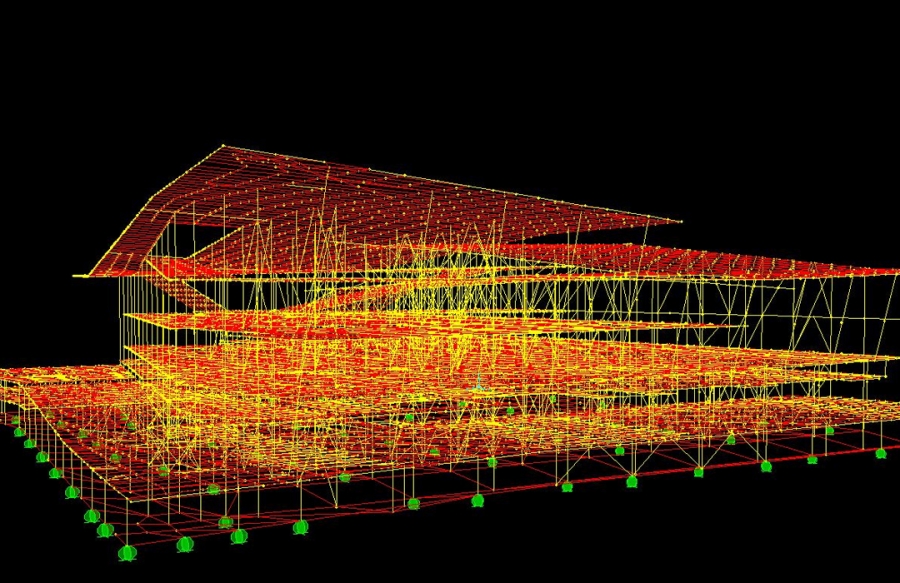The conception of BIM (Building information modeling) has received universal acceptance in construction industry and the building services, engineers and architectural professionals mainly due to its requirement for lean construction and also it’s cross disciplinary usability. However, 3D modeling has existed for a number of years now and the industry is aggressively adapting itself to embrace the new workflows of the BIM process.
But there is still a lack of clarity amongst the owners as to what exactly they can achieve from these representations, so they need to earn and how they can make optimum use of this concept. Now 3D CAD models are truly virtual representations of a facility that provide only visual project details. Applications such as AutoCAD architecture and AutoCAD MEP are used to create 3D CAD models that can be used to design in construction industry.
Apart from that, BIM models are intelligent models that embedded with parametric details are extremely significant for design, development, construction and pre fabrication, assembly and analyzing energy performance and facility management of the built environment. Nowadays, for BIM projects, the details can be very effectively shared between different projects stakeholders that are included with facility owners, designers and architectures, MEP engineers, BIM consultants as well as contractors. Now Revit architectures and Revit MEP are applications are used for BIM modeling.
Now one of the most crucial aspects helps to decide whether BIM is actually required or is not gaining an in-depth understanding of the construction objectives. Not only that, there is so much difference between clients stated requirements and his or her needs.
In a lot of cases, clients state that they require a BIM consultant but actually what they require is a smart clash free 3D model which can be used to extract respective construction drawings. In some procedure, architecture could easily be used to provide a 3D model that meets this need. Alternatively, a BIM software tool could be used to provide a 3D model without providing additional elements such as data rich information.
In other cases, a BIM model may actually be the basis to plan, design and construct and manage a particular facility. These scenarios require multidisciplinary project stakeholders to access the BIM model at different stages in the project lifecycle. As a result, the most important factor that dictates the success of any project employing BIM is the richness of information embedded into the models.
So depending on the project’s scope, a full-fledged model may contain valuable information, such as dimensions of building elements, quantity take off data, materials requirements time scheduling, costing prefabrication data, activity simulation and energy performance. But other important factors for contribute to success of BIM include the data sharing and interoperability standards to allow smooth multidisciplinary collaboration between key disciplines.
Irrespective of whether the client actually requires BIM consultant or non BIM CAD model, the BIM wave that has spread across the AEC industry has forced the agenda to adopt a more progressive approach to planning, designing and coordinating the models and drawings. The industry continues to transition from non BIM 2D approaches to collaborative BIM workflows and 3D and CAD workflows and even that is huge shift for the industry. So this change is more often than not influenced by the demand side according to the clients.
Moreover, the latest wave of change in favor of adopting BIM applications and procedures has helped the total AEC supply chain embrace intelligent virtual planning and development techniques for architectural and building services design, spatial coordination and collaboration. It is quite helpful in construction industry.
